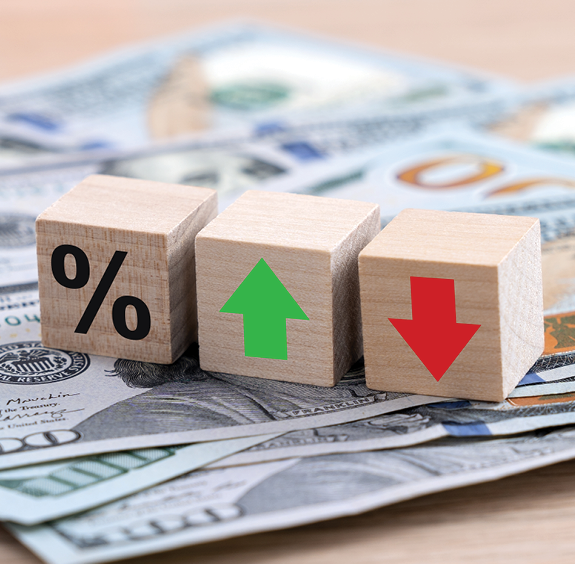End of year fourth quarter 2024 sales statistics showed that the average sales price of Lansing area homes increased 15.2% from $223,968 at the end of 2023 to $257,888. This represents an average home value improvement of $33,920.
The fact that there were 148 fewer sales in 2024 (-2.6%) represents the lowest number of annual homes sales since the 1990’s but does not indicate a problem with the health of the real estate market.
The 15.2% increase in home value indicates strong buyer enthusiasm by those purchasing a home in the Lansing area. However, higher prices coupled with higher mortgage rates has made it difficult for first time home buyers to pursue the dream of home ownership.
Fourth Quarter 2024 Sales Statistics
Snapshot of current Lansing area sales entering into February 2025:
632 – currently listed homes for sale in the five county greater Lansing area.
198 – homes with accepted offers. (Awaiting inspections and/or appraisal.)
203 – homes listed as Pending. (Have completed inspections and will soon close.)
261 – homes that have closed since January 1, 2025.

